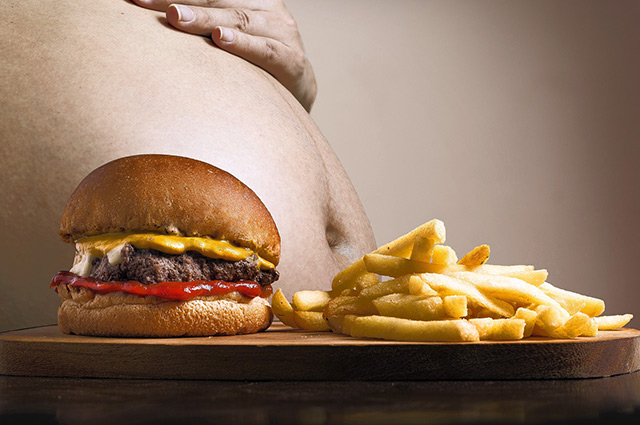A common problem when starting on a new diet is that you may be always hungry and feeling tired and run down a few weeks into it. Getting the balance of energy in versus energy out is important, but often it is the types of foods consumed that can have an impact on energy levels, particularly by mid afternoon.
To increase satiety (the feeling of ‘fullness’) throughout the day, the key is to choose foods that are high in fiber, contain protein and contain low Glycaemic Index (low GI) carbohydrates. High fat foods may also increase satiety but are no good for your weight management.
Foods that are high in fiber will fill you up quickly with less volume and kilojoules. A busy person’s lunch and snacks are notoriously poor in fiber. Include wholegrain breads, or some salad with your lunch. Good snack options include fresh and dried fruit, nuts and wholegrain crackers.
Including protein in meals will help to leave you feeling more satisfied for longer. Milk or yogurt with wholegrain breakfast cereal, or 1-2 eggs with toast will be satisfying in the morning. A sandwich or a salad for lunch should include meat, eggs, or tuna.
Low GI carbohydrates are always the best for general eating and weight management, but for more active people they are not ideal for all situations.
- Low GI carbohydrates can stave off the early afternoon munchies due to slow release carbohydrates which fuel the body for longer and delay the hunger feeling.
- Low GI is also useful when consumed before exercise to maintain carbohydrate availability with more sustained release of glucose.
However, many low GI options (e.g. lentils, porridge, multi-grain bread) may not be suitable as they are more likely to cause stomach discomfort due to their high fiber content.
Related Pages
- Diet Dangers
- About Glycaemic Index
- Fatigue can be caused by low iron levels
- Avoid these five common weight loss mistakes
- Weight loss home



 Current Events
Current Events